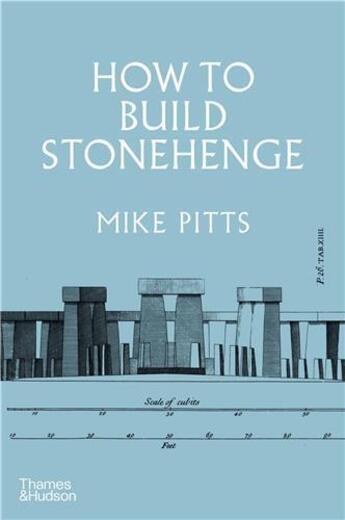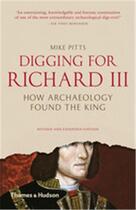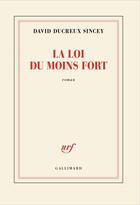Résumé:
Draws on a lifetime's study and a decade of new research to address the first question that every visitor asks: how was Stonehenge built?
Icon of the New Stone Age, sculptural and engineering marvel, symbol of national pride: there is nothing quite like Stonehenge. These great sarsen and... Voir plus
Draws on a lifetime's study and a decade of new research to address the first question that every visitor asks: how was Stonehenge built?
Icon of the New Stone Age, sculptural and engineering marvel, symbol of national pride: there is nothing quite like Stonehenge. These great sarsen and bluestone slabs, arranged with simple, graphic genius, attract visitors from across the world. The monument stands silent in the face of the questions its unlikely existence raises: who built it? Why? How?
There has been endless speculation about why Stonehenge was built, inspiring theories ranging from the academically credible to the improbable, but far less investigation into how. In the millennia since its creation, pieces of Stonehenge have been knocked over by heavy machinery, found their way to Florida (and back again), and been exposed to radioactive sodium, but the seemingly impossible endeavour of raising the stones with Neolithic technology has remained inexplicable - until now.
In the past decade ground-breaking discoveries, made possible by cutting-edge scientific techniques, have traced the precise provenance of the bluestones in Wales, but can we plot their journeys to the Salisbury Plain? And how might teams of labourers lacking machinery or even pack animals have dragged them 150 miles to the site? How did they carve joints into the sarsen boulders, among the hardest stones in the world, and then raise them into place? Mike Pitts draws on a lifetime's study to answer these questions, revealing how Stonehenge stood not in austere isolation, as we see it today, but as part of a wider world, the focus of a megalithic cosmology of belief, ritual and creativity.
Donner votre avis















